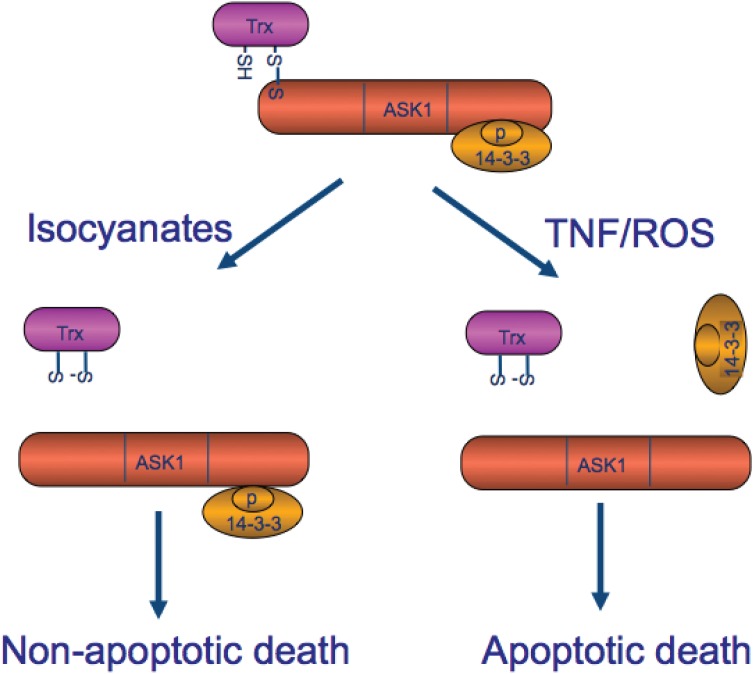Figure 7. A model for Laromustine-derived isocyanate in activation of ASK1-dependent non-apoptotic cell death (necroptosis).
In resting cells, ASK1 is maintained in an inactive state by two intracellular inhibitors Trx and 14-3-3. Trx-ASK1 associate through an intermolecular disulfide bond, while 14-3-3 binds to phosphoserine-967 on ASK1. Apoptotic stimuli (e.g., TNF +CHX and reactive oxygen species) induce dissociation of ASK1 from both Trx and 14-3-3, leading to ASK1 activation and caspase-dependent cell apoptosis. However, Laromustine-derived isocyanate dissociates ASK1 from Trx but not from 14-3-3, and induces a non-apoptotic EC death. This is likely a form of necroptosis, evident by phosphorylation of MLKL and promotion by pan-caspase inhibitors. SH: the thiol group from a cysteine residue of Trx or ASK1. S-S: the disulfide functional group forms an intermolecular (Trx-ASK1) or an intramolecular (Trx) interaction.

